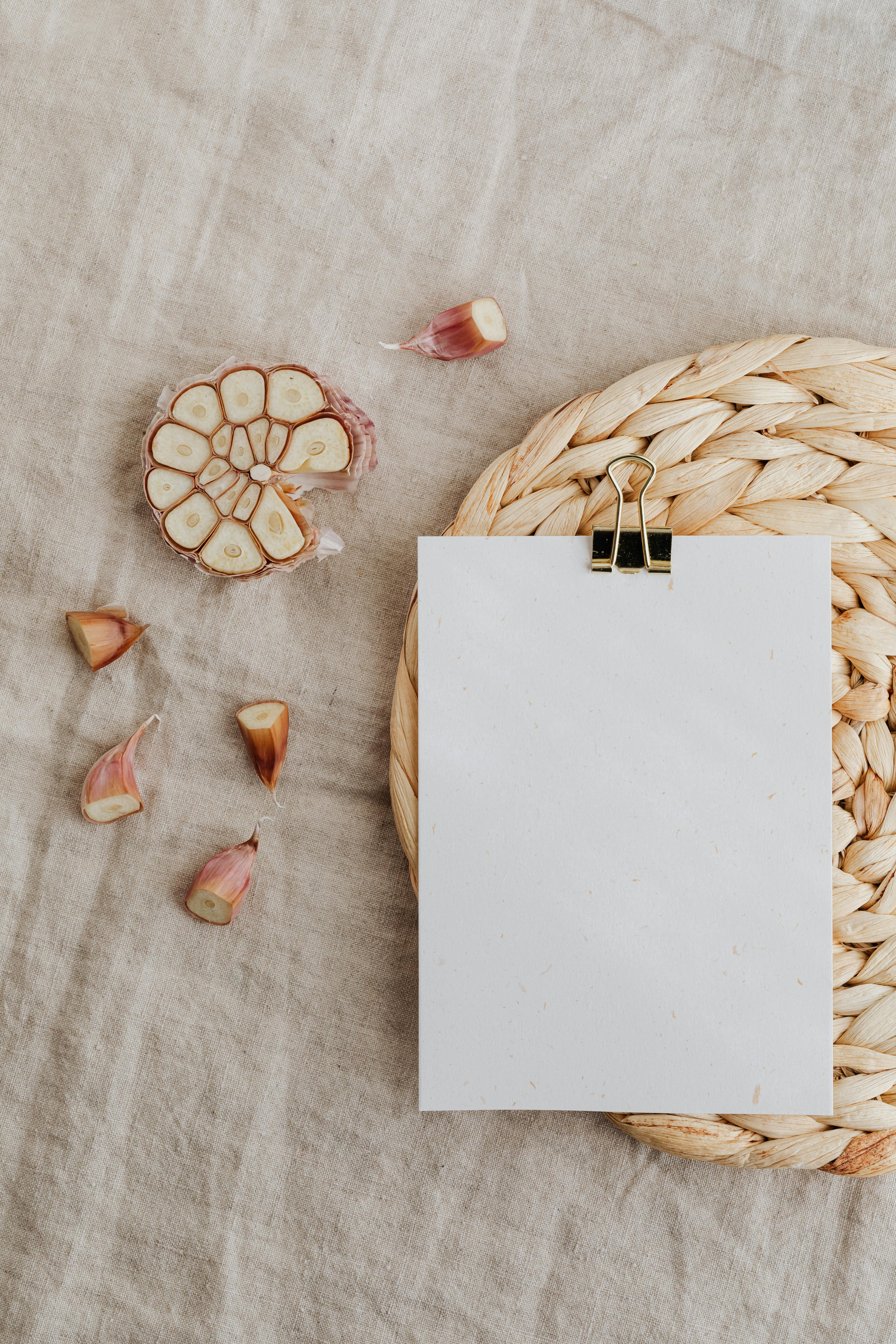
Smart Ways to Make White Sauce for Perfect Dishes in 2025
White sauce, also known as béchamel, is a versatile base that enhances a variety of dishes, from pasta to lasagna and even casseroles. Understanding how to make white sauce not only expands your culinary repertoire but also empowers you to elevate everyday meals into culinary delights. In 2025, the efficiency of preparing this classic sauce has advanced, providing innovative techniques and flavor variations that can cater to various dietary needs. Whether you're exploring creamy white sauces or variations with added herbs and spices, mastering the fundamentals of white sauce will allow you to create well-balanced, delicious dishes every time. This article will delve into the essentials of making white sauce, practical tips for adjusting flavors and textures, and creative ways to incorporate it into your favorite recipes.
In this guide, we will cover:
- The basics of white sauce ingredients and method
- Techniques for thickening and enhancing your white sauce
- Creative variations and uses of white sauce
- Common mistakes to avoid
- Expert tips for achieving the perfect consistency and flavor
Let’s begin by understanding the core elements of white sauce and how you can master this fundamental recipe!
Essential Techniques for Making White Sauce
Understanding the basics of white sauce is crucial for any home cook. The traditional white sauce recipe is simple yet requires attention to detail to achieve the perfect creamy texture. The fundamental ingredients are milk, butter, flour, and seasoning. Let's break down the white sauce ingredients and their purpose.
Butter is the fat component that adds richness, while flour serves as the thickening agent, creating the necessary roux. Milk provides the liquid base and creamy texture. Properly combining these ingredients at the right proportions during the cooking process is essential for a smooth sauce without lumps.
Key Ingredients and Their Roles
The fundamental ingredients for making white sauce include:
- Butter: Used to create the roux, which acts as a thickener.
- Flour: Helps to thicken the sauce; using all-purpose flour is standard.
- Milk: Provides the liquid base and creaminess; whole milk yields richer results.
- Salt and pepper: Essential for seasoning; additional spices can enhance flavor.
Step-by-Step Process for Homemade White Sauce
Creating the perfect béchamel sauce involves a few simple steps:
- In a saucepan, melt butter over medium heat, ensuring it doesn’t brown.
- Add the flour and whisk continuously to form a roux, cooking for about 1-2 minutes.
- Gradually add milk while whisking to avoid lumps. Increase heat to bring it to a simmer.
- Cook until the sauce thickens, stirring frequently. Adjust seasoning to taste.
By mastering this method, you will create a creamy white sauce that serves as an excellent base for additional flavors.
How to Thicken White Sauce Effectively
There are multiple sauce thickening techniques to ensure your white sauce reaches the desired consistency. Here are some effective methods:
- Cook the roux longer: Allowing the roux to cook a bit longer can enhance the thickening properties.
- Use less liquid: Reducing the amount of milk will naturally lead to a thicker sauce.
- Use cornstarch: Mixed with a little water, cornstarch can be added to thicken sauces quickly.
Each technique can be adapted depending on the recipe requirements and the desired texture of the white sauce.
Delicious Variations of White Sauce
Once you’ve mastered the basic white sauce, you can explore various white sauce variations. Adding different ingredients can transform your classic béchamel into exciting flavorful sauces suitable for diverse dishes.
Cheesy White Sauce for Pasta and Pizza
Enhancing your white sauce with cheese creates a delightful cheese sauce perfect for pasta dishes like macaroni or a creamy topping for pizza. You can use various cheeses, such as cheddar or mozzarella, to tailor the flavor to your liking. To add cheese successfully, lower the heat once your sauce is thickened, and gradually stir in the cheese until melted. This technique will yield a smooth and indulgent cheese sauce.
Herbed White Sauce for Vegetables
Incorporating fresh herbs into your white sauce can elevate the flavors significantly. For an herbed white sauce, consider adding fresh parsley, thyme, or basil. This not only enhances flavor but also adds visual appeal to the dish. Mix the herbs into the sauce at the end of the cooking process to keep their flavor vibrant.
Adjusting White Sauce for Dietary Needs
For those on gluten-free or dairy-free diets, alternatives to white sauce exist without sacrificing flavor or texture. Using gluten-free flour mixtures or starches like cornstarch can create a satisfying gluten-free white sauce. For dairy-free options, substitute milk with almond or oat milk while maintaining a similar cooking process. Adapting your white sauce recipes ensures everyone can enjoy their meals.
Expert Tips for Perfecting Your White Sauce
When it comes to making white sauce, a few guidelines can help avoid common pitfalls and ensure a flawless result.
Avoiding Common Mistakes in Making White Sauce
One of the most common mistakes in making white sauce is failing to whisk continuously while adding milk. This can lead to lumps, making it difficult to achieve the desired creamy texture. Another pitfall is cooking the sauce at too high a temperature, which can cause burning. Keeping the sauce over medium heat and stirring consistently will yield a smooth consistency.
Storing and Reheating White Sauce
White sauce can be made ahead of time and stored in the refrigerator for about three days. To reheat, gently warm it over low heat and whisk until the sauce is smooth again. If necessary, add a splash of milk to thin it out to your preferred consistency.
Presentation and Serving Suggestions
White sauce can enhance not just the flavor but also the visual appeal of a dish. Drizzle the sauce over pasta, veggies, or proteins just before serving. Garnishing with freshly chopped herbs or a sprinkle of cheese can elevate the presentation, making your dish visually appealing.
Using White Sauce Creatively in Recipes
White sauce is not only versatile for traditional dishes but can also be used creatively in various cuisines.
White Sauce for Casseroles and Gratins
In casseroles, white sauce binds ingredients together and adds moisture, enhancing overall flavors. It can also be layered in gratins for a creamy texture and rich taste. Experimenting with different proteins, veggies, or grains can yield exciting variations.
Innovative Uses in Ethnic Cuisines
Many ethnic cuisines can benefit from the incorporation of white sauce. It can be paired with proteins like fish or chicken, providing a creamy texture to classic recipes. Additionally, adding flavors from different cuisines can create unique homemade sauces.
Culinary Education and Exploration
Don’t hesitate to experiment further with sauces and integrate them with various dishes. Use white sauce as a base for rich pasta sauces or savory dishes that require creaminess. The more you explore the possibilities of white sauce, the more you'll enhance your culinary skills.
Q&A Section: White Sauce Essentials
What is the best way to prevent lumps in white sauce?
To prevent lumps, whisk continuously while adding milk in gradual amounts. Start with a roux—ensure it is thoroughly cooked but not browned before adding milk.
Can I make white sauce ahead of time?
Yes, you can prepare white sauce ahead of time, store it in the refrigerator, and reheat it on low heat when needed. Remember to whisk it back to a smooth consistency, adding a bit of milk if necessary.
What are some creative ways to enhance white sauce flavor?
Add spices such as garlic powder, nutmeg, or cayenne pepper to give depth to your sauce. Fresh herbs can also work wonders for flavor enhancement.
Is white sauce gluten-free?
Traditional white sauce uses flour, making it not gluten-free. However, you can easily adapt the recipe using gluten-free flour or cornstarch instead.
How can I use white sauce in lasagna?
When layering lasagna, add white sauce between layers of pasta, cheese, and meat or vegetables for a creamy texture that enhances the overall dish.

